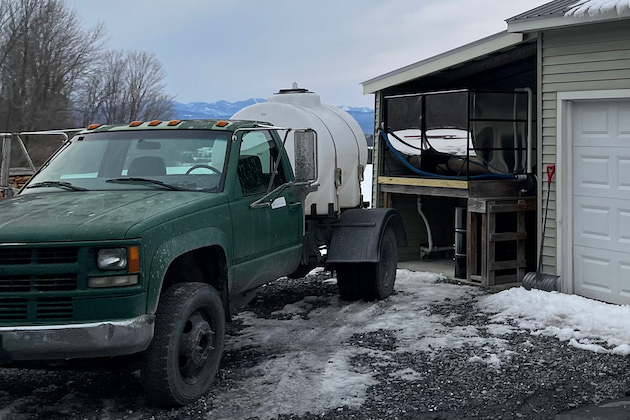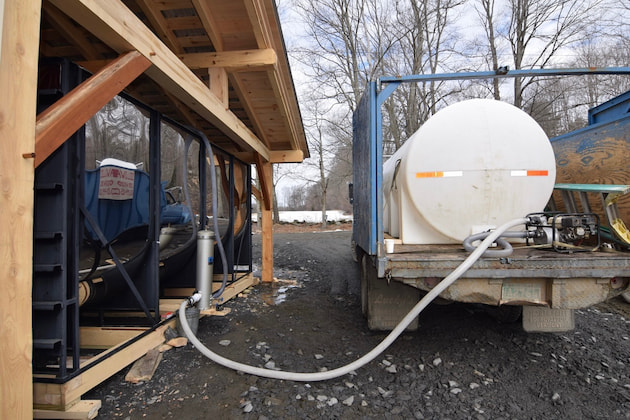Sap & Syrup
Survey reveals sap selling potential
Most producers have capacity for more sap
By DANA RUPPERT | OCTOBER 17, 2023
BRATTLEBORO, Vt.—There are opportunities in sap selling.
In a recent survery in Vermont, a majority of respondents reported they could accept additional sap in their facility without having to make changes to current systems.
As part of the Sap Business Promotion project, the University of Vermont Extension surveyed maple producers in the Northeast to explore the prevalence and possibility of sap selling and buying in the maple sector.
Surveys were completed by 128 producers across several states.
The majority of maple producers in this survey were producing their own sap and processing it into syrup, and 63% of participants were not participating in any sap buying or selling.
An analysis was done to explore the smaller group of business owners who are buying or selling sap to understand what opportunities may exist for these business models.
Sap buying and sap selling occurs at a wide range of volumes, ranging from 5 gallons per year to over 500,000 gallons of sap per year.
Sap buying and sap selling occurs at a wide range of volumes, ranging from 5 gallons per year to over 500,000 gallons of sap per year.
The vast majority of sap selling reported in this survey is coming from operator-owned taps.
For sap buyers, however, utilization of leased taps is more common - this indicates that there are syrup processing businesses that are utilizing both leased taps and sap purchasing to expand the total volume of syrup produced and sold.
The total amount of maple syrup produced in 2022 for all survey respondents was 125,502 gallons.
Most notable was that there is signifcant capacity available for sap-buyers to take in more sap, without them having to invest in more equipment to process it.
Respondents estimated that they could produce an additional 43,062 gallons of syrup with little to no additional investments in tapping or processing systems.
This results in a potential maple crop expansion of 35% coming from additional sap production investments with no major adjustments to existing syrup processing capacity.
Prospective sap producers can access resources and register for advisory services to learn more about the economic and environmental benefits of maple sap enterprises.
Prospective sap producers can access resources and register for advisory services to learn more about the economic and environmental benefits of maple sap enterprises.
Fill out the online Maple Sap Business Intake Form(https://forms.office.com/r/7zhLUKRQez) to learn more or contact Christopher.Lindgren@uvm.edu

































